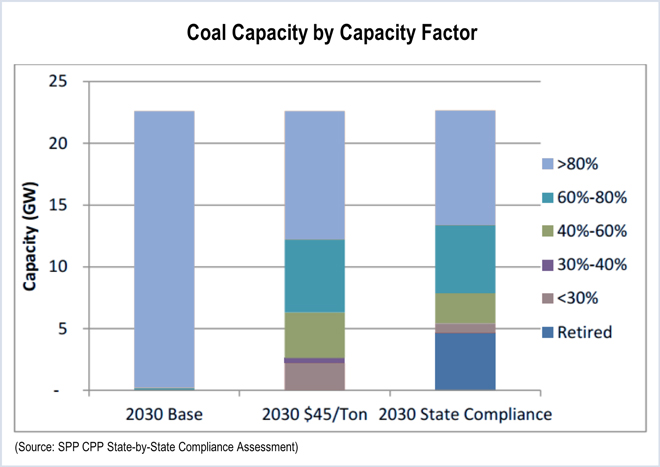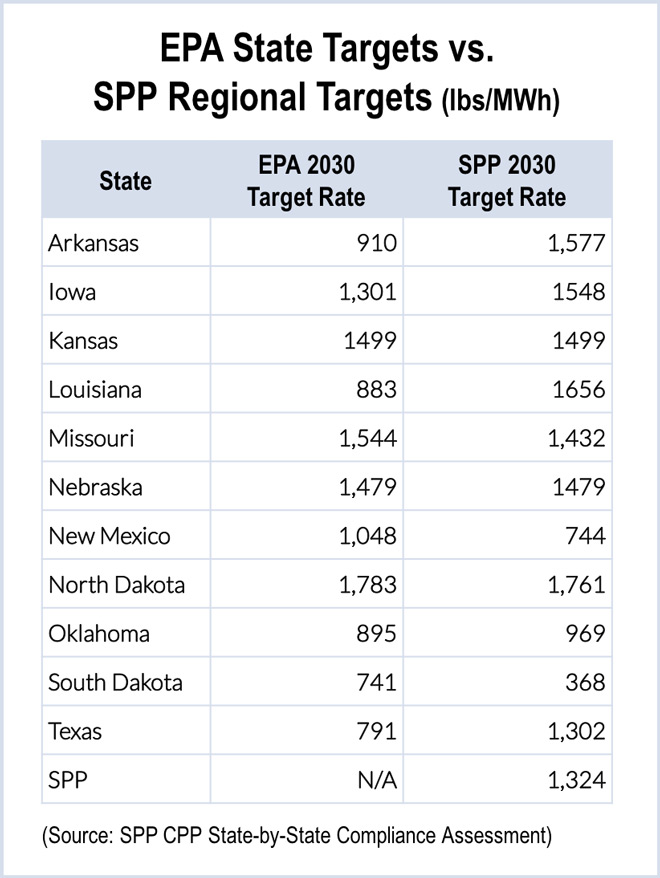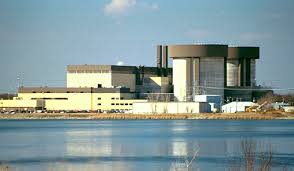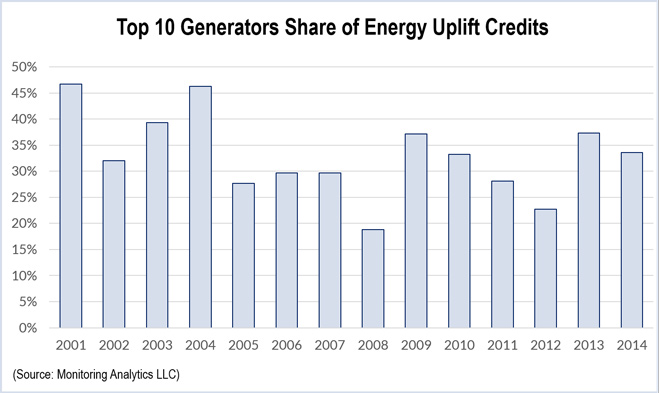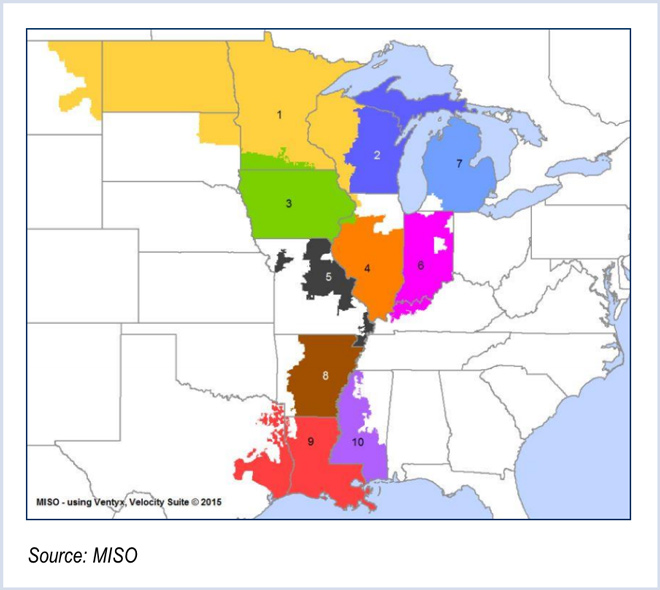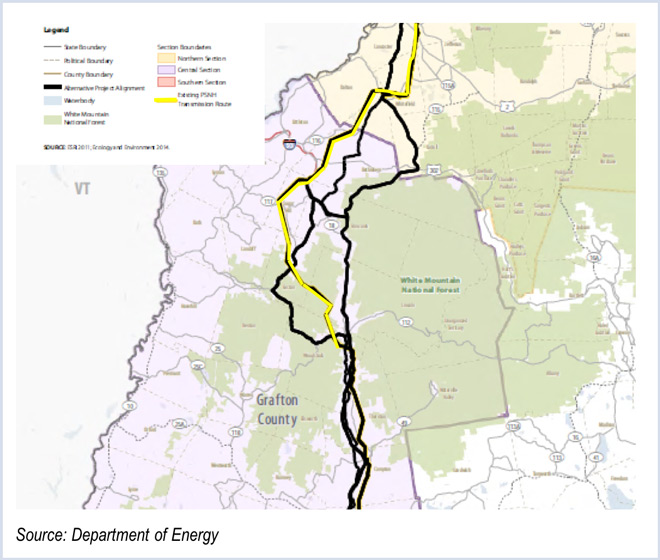By Suzanne Herel
The PJM Board of Managers today approved staff’s recommendation for the stability fix at New Jersey’s Artificial Island, despite numerous objections from spurned bidders and representatives of the Delmarva Peninsula, which will be allocated nearly the full cost of the project.
Winner LS Power’s proposal involves laying a 230-kV line under the Delaware River as well as expanding interconnection facilities at the nuclear complex, the latter task being assigned to Public Service Electric & Gas and Pepco Holdings Inc.
“These projects will resolve the operational performance issues around the Artificial Island area and provide important transmission support for the sub region,” said outgoing CEO Terry Boston in a letter to members following the private board meeting.
“The board also recognizes the valid concerns raised by [Delaware Gov. Jack] Markell, the Delaware Public Service Commission, the Maryland Public Service Commission and others regarding the allocation of costs associated with this project. PJM must follow its Tariff,” he said.
“With regard to the cost allocation provisions applicable to this project, PJM also must respect legal precedent in the Atlantic City case allocating specific rate filing responsibilities between PJM and its transmission owners. Nonetheless, we recognize that several parties have appropriately questioned the specific allocation in this case,” Boston continued. (See Officials Urge PJM to Reject Artificial Island Proposal.)
“Accordingly, PJM will continue to provide technical analysis and information to affected stakeholders in order to help [the Federal Energy Regulatory Commission] with its ruling on this particular cost allocation and its cost allocation rules in general.”
PJM planners outlined their rationale in a 44-page white paper, noting that $246.42 million of the $275.45 million total cost estimate will be assigned to the Delmarva transmission zone, with the remaining $29.03 million allocated to other transmission zones based on load ratio shares.
“This pilot case implementing Order 1000 principles and a competitive solicitation process will continue to be examined for a number of ‘lessons learned,’” Boston wrote. “The board thanks the Planning Committee for its thorough review, and we urge the adoption of changes that will improve the planning process.”
According to the Delaware Public Service Commission, the project could translate to a 25% increase in transmission costs in Delaware. Some of the state’s heaviest users could see their monthly bills surge by hundreds of thousands of dollars, Markell said.
In a statement Wednesday, Markell said, “I continue to have serious concerns about the cost distribution associated with the proposal approved by PJM, which would force Delawareans to bear a high cost for a project that provides little benefit to the state. I am working with the PSC and others concerned about this result to explore our options moving forward.”
A number of those dissatisfied with the cost allocation recalled the board’s rejection last summer of a Public Service Electric & Gas proposal to upgrade Artificial Island following outcry from losing bidders, environmentalists and New Jersey officials. (See PJM Board Puts the Brakes on Artificial Island Selection.) They urged the board to again halt the project.
PJM staff announced at a special April 28 meeting of the Transmission Expansion Advisory Committee that they would recommend LS Power’s plan to use horizontal directional drilling under the Delaware River to build a new 230-kV circuit from Salem, N.J., to a new substation near the 230-kV corridor in Delaware, tapping the existing Red Lion-Cartanza and Red Lion-Cedar Creek 230-kV lines. (See PJM Staff Picks LS Power for Artificial Island Stability Fix; Dominion Loses Out.) LS Power’s proposal also includes the option of an overhead crossing.
Home to the Salem and Hope Creek nuclear reactors, Artificial Island is the second largest nuclear complex in the country.
PJM’s competitive solicitation process sought “transmission improvements to provide the ability to generate maximum power from all three Artificial Island nuclear units while maintaining transmission system voltage within limits during various contingencies and line outages.”
